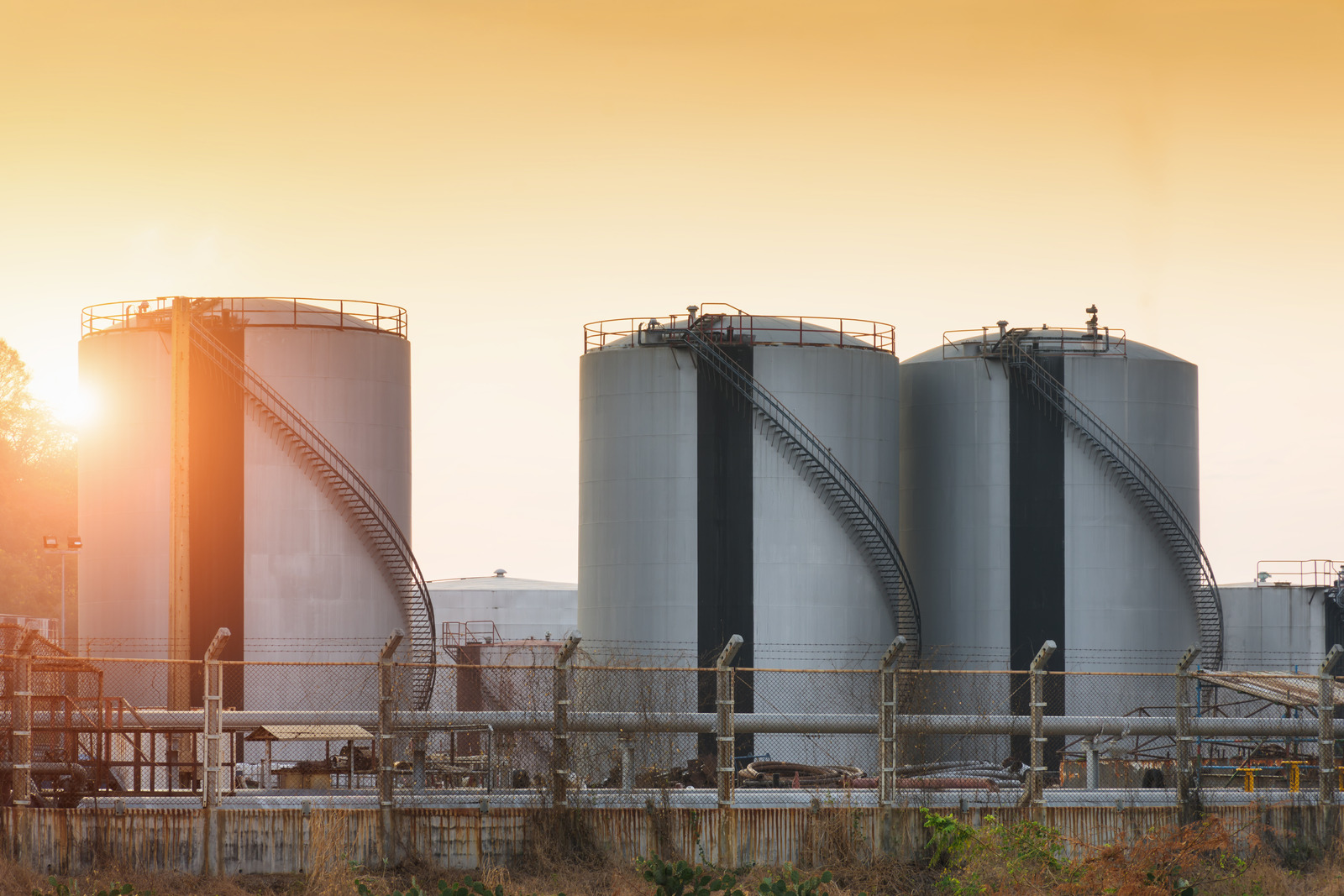The Journey of LNG
Liquefied Natural Gas – otherwise known as LNG – is transforming the natural gas market. Since its development in 1964, it has presented an alternative source of fuel that is cleaner and more cost-effective than traditional fossil fuels such as diesel. Now playing a bigger role in the UK energy mix, we look at LNG’s passage from subterranean resource to useable, alternative fuel rapidly being adopted by businesses.
Natural gas is the cleanest burning fossil fuel comprising several different gases, with methane taking up the largest percentage, but also including a large number of other hydrocarbon gases. Natural gas is found in sedimentary basins across the globe and was formed millions of years ago from decaying vegetation and animal remains[1] – which, under pressure and heat, built into thick layers which can now be extracted.
Natural gas is clear, odourless, non-toxic and dispels rapidly when released into the air — and is extracted from the ground in approximately 50 countries, with the former Soviet Union and the Middle East accounting for the majority of gas reserves[2]. Apart from its abundance, it is one of the most versatile forms of energy and can be used in both industry and domestically for heating and cooking. It is also the cleanest burning of the fossil fuels with the lowest levels of harmful by-products.
The only downside to natural gas is that in its natural state — as a gas — it can normally only be supplied domestically via pipelines, near to where it is extracted, restricting the number of end users. For transportation to greater distances via ship, it needs to be liquefied – a solution that was developed in 1964 as the most useful way of getting it from remote sources to areas of high demand[3].
Extraction and processing
Getting natural gas out of the ground begins with drilling a well — and while many of these wells are purpose-drilled for natural gas, as the gas is often located in the same reservoirs as crude oil gas extraction is often a side-operation of crude production. Typically, once a well is drilled, a concrete and metal casing is installed into the cavity and a collection pump installed above it.
After being pumped to the surface, the raw natural gas is captured and transported via pipeline for processing to strip it of any undesirable constituents like acid gases, water and mercury.
Liquefaction and shipping
In order to transform the natural gas to a liquid for convenient transportation, the gas is “liquefied” by lowering its temperature to -162 degrees Celsius, so condensing it by 600 times its original size.[4] This shrinkage makes it economically viable to load onto special refrigerated and insulated tanker ships to deliver the gas globally.
LNG tankers are some of the largest ships afloat, equating to nearly three football pitches in length and containing up to 265,000 cubic metres of liquid natural gas.[5] LNG is also a very safe fuel to transport as it cannot ignite in its liquid form.[6]
When the vessel arrives at its destination, it is offloaded and either stored or transformed back into a gas through a process called “regasification” as the next stage of its journey.
Regasification and injection into the grid
LNG arriving into the UK by ship is dehydrated into its original gaseous state through a process that involves passing it through a series of vapourisers that reheat the fuel above the -160 degrees Celsius temperature mark, at which point it can be injected into the National Grid system. For large users of LNG when much greater quantities are needed, the natural gas can be re-liquefied and transported by road tanker to be stored and used on-site.
The perfect option for energy intensive processes and fleets
LNG is most suitable for businesses with a continuous high energy demand such as manufacturing, power generation and other energy-hungry industries. As a much cleaner, more environmentally-friendly fuel, LNG is also ideal for powering large vehicle fleets in place of diesel.[7]
As well as being a reliable, powerful and abundant fuel source, LNG is cleaner than all other fossil fuels releasing significantly less CO2 and other pollutants such as nitrogen oxides (NOx), sulfur oxides (SOx) and particulate matter (PM)[8], so can help businesses to meet their environmental legislation targets.
[1] https://www.nationalgeographic.org/encyclopedia/natural-gas/
[2] Russian Energy Policy in the Middle East, YURY BARMIN, Insight Turkey Vol. 19, No. 4, RECLAIMING THE REGION RUSSIA, THE WEST AND THE MIDDLE EAST (Fall 2017), pp. 125-136
[3] https://www.rigzone.com/training/insight.asp?insight_id=322
[4] https://www.eia.gov/energyexplained/natural-gas/liquefied-natural-gas.php
[5] https://www.britishgas.co.uk/the-source/our-world-of-energy/energy-explained/lauren-bravo-lng
[6] https://breakingenergy.com/2014/12/22/how-dangerous-is-lng/
[7] https://www.ngva.eu/medias/natural-gas-a-solution-for-a-clean-and-decarbonized-transport-system/
[8] http://lnglicensing.conocophillips.com/what-we-do/about-lng/natural-gas-facts/

